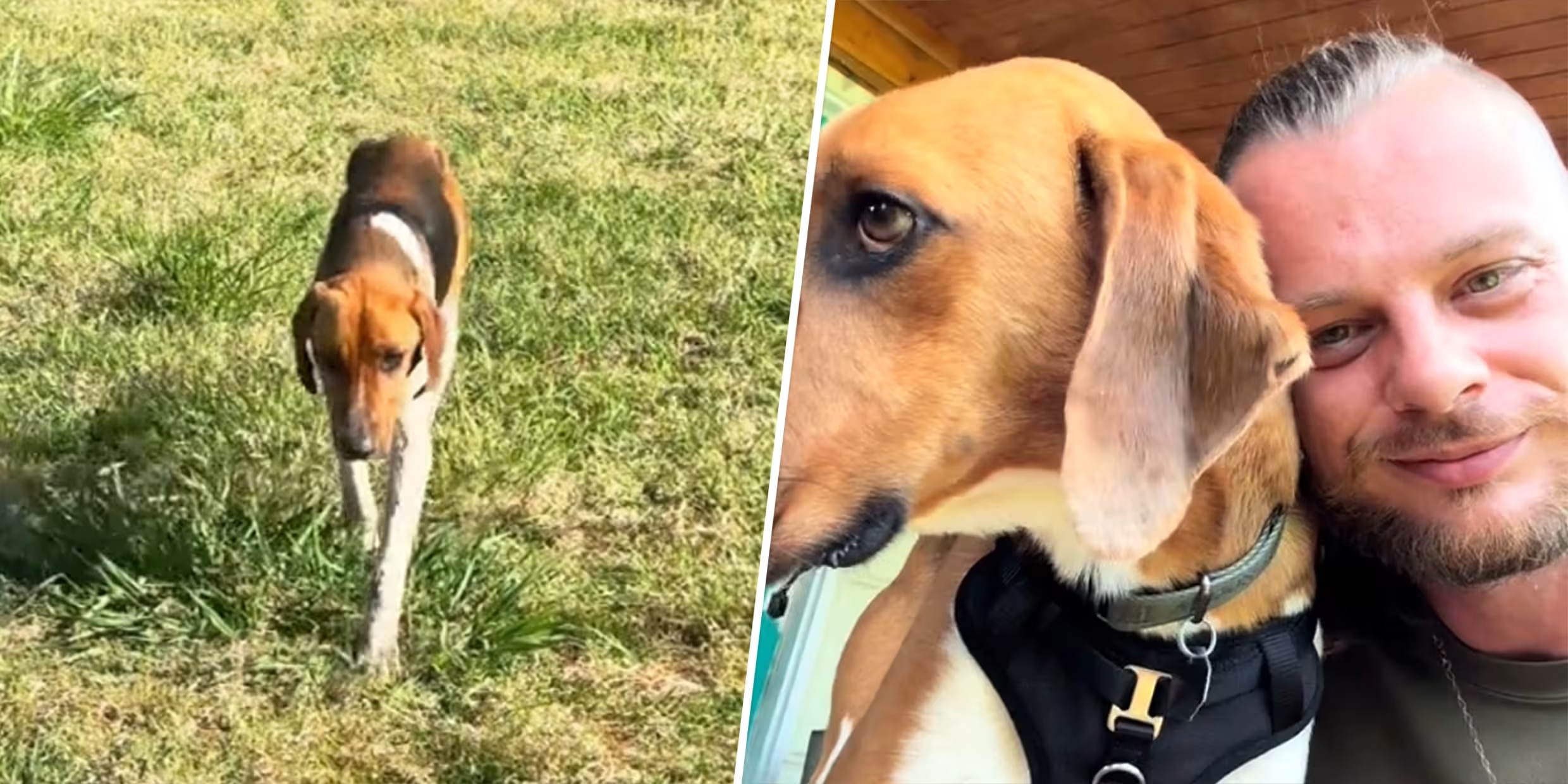The ordeal of Denise Huskins, whose kidnapping from her boyfriend’s Vallejo home was first dismissed as a hoax by law enforcement, is getting renewed attention as the subject of a new Netflix docuseries, “American Nightmare.”
Here’s a look at the facts of the case, which captivated the country:
The kidnapping
On March 23, 2015, Huskins was kidnapped by a masked intruder who broke into the home in Vallejo. Her boyfriend, Aaron Quinn, told detectives he woke up to a bright light on his face and that intruders had drugged, blindfolded and tied both of them up before forcefully taking Huskins in the middle of the night. Quinn also said the kidnappers were demanding an $8,500 ransom.
Get Boston local news, weather forecasts, lifestyle and entertainment stories to your inbox. Sign up for NBC Boston’s newsletters.
A Vallejo police detective interrogated Quinn for hours, at times suggesting he may have been involved in Huskins’ disappearance. Quinn took a polygraph test which an FBI agent told him he failed, the couple said later in a book about their ordeal.
Huskins, who was 29 at the time, turned up unharmed two days later outside her father’s apartment in Huntington Beach, a city in Southern California, where she said she was dropped off. She reappeared just hours before the ransom was due.
Police call it a hoax
U.S. & World
That same day, police in Vallejo announced in a news conference that they had found no evidence of a kidnapping and accused Huskins and Quinn of faking the abduction, which spurred a massive search.
Police said they became suspicious because Quinn waited hours to report the kidnapping. At the news conference, spokesman Kenny Park expressed disgust over the resources supposedly squandered, with 40 detectives assigned to the case, and the fear it caused among the community.
“It was such an incredible story, we initially had a hard time believing it, and upon further investigation, we couldn’t substantiate any of the things he was saying,” Park said.
But Quinn and Huskins were adamant that it wasn’t a hoax and insisted they were the victims. At the time, attorneys for the couple told reporters that police had not provided "an iota" of evidence so far to show that the kidnapping was faked and explained that Quinn had delayed reporting to police by noting that his client had been bound and drugged.
"She was a victim of a very serious assault, and like a number of women who have been victims of serious physical and emotional assault she was initially hesitant and reticent to come forward," Huskins' attorney, Doug Rappaport, said, adding Huskins was hesitant because she was accused of being a suspect.
A suspect is caught and convicted
The couple were proven right when Matthew Muller, a disbarred, Harvard-educated attorney, was caught and charged in Huskins’ abduction.
Muller was arrested on June 8, 2015, in South Lake Tahoe for a home-invasion robbery that occurred in Dublin and that had similarities to the Vallejo case. Investigators found a laptop that resembled one that belonged to Quinn and had been taken.
A search of a stolen car connected to Muller turned up numerous other items, including a water pistol with a flashlight and laser pointer on it, and a pair of goggles similar to the ones Huskins and Quinn said they were forced to wear during the kidnapping. In the goggles was a strand of long blond hair, the same color as the victim’s. Detectives also determined that the vehicle’s navigation system history turned up a Huntington Beach address.
Muller pleaded guilty to the kidnapping and is serving a 40-year prison term.
The aftermath
Huskins and Quinn sued the city of Vallejo and its police department for false imprisonment, defamation, false arrest and intentional infliction of emotional distress, and reached a $2.5 million settlement in 2018.
A report on the police response to the case released a year after the kidnapping showed Vallejo officers mishandled the case throughout the investigation and made false allegations.
During Muller’s trial, prosecutors said he used a drone to spy on the couple before he broke into the home with the fake gun, tied them up and made them drink a sleep-inducing liquid. While they were blindfolded, Muller, who was dressed in a full-body wetsuit, played a recording that made it seem as if there was more than one kidnapper, they said.
Muller put Huskins in his trunk, drove her to his home in South Lake Tahoe and held her there for two days. Investigators said they found videos of Muller arranging cameras in a bedroom and then recording himself twice sexually assaulting his blindfolded victim. The Associated Press typically does not name victims of sexual assault unless they come forward publicly with their stories, as Huskins has frequently done.
During and after the kidnapping, Muller used an anonymous email account to send messages to a San Francisco reporter claiming that Huskins was abducted by a team of elite criminals practicing their tactics.
Where are they now?
Huskins and Quinn married in September 2018 and have two young children. In 2021 they released their book, “Victim F: From Crime Victims to Suspects to Survivors.”
That same year the city of Vallejo and its police department both apologized to the couple.
Police Chief Shawny Williams, who was not in that post at the time of the kidnapping, called the couple’s ordeal “horrific and evil,” apologized for how they had been treated and promised to ensure that “survivors are given compassionate service with dignity and respect.”



